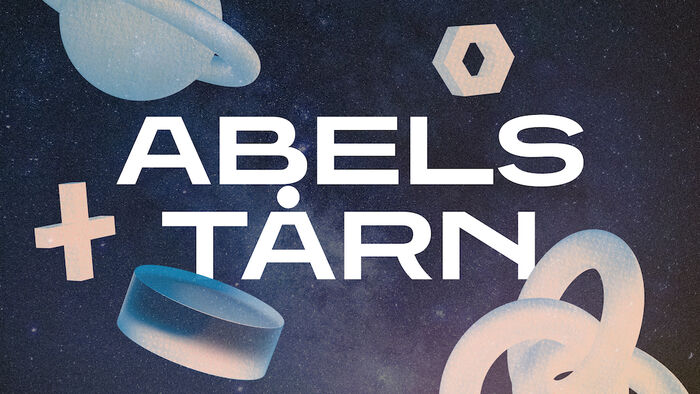澳门葡京手机版app下载
V?rt studietilbud

Ny rektor p? UiO er Ragnhild Hennum
Ragnhild Hennum er vinneren av rektorvalget 2025. Hun tiltrer som rektor 1. august 2025.
Klima, milj? og b?rekraft
Se hvordan UiO jobber med tiltak innen utdanning, forskning og gr?nn campus.
澳门葡京手机版app下载
-
UiO hedrer fremragende ansatte 20. mai 2025 10:00
-
Ny perspektivanalyse utarbeidet for Universitetsstyret 6. mai 2025 16:08
-
UiOs ledelse og Palestina-demonstranter i dialog 6. mai 2025 09:37
UiOs tilbud til flyktninger
Informasjon om studier, arbeidspraksis og ulike st?tteordninger for mennesker p? flukt.
澳门葡京手机版app下载
– ,
Online on Zoom, CET timezone
– ,
Handelsh?yskolen BI
Rektoratbloggen
-
Europeisk 澳门葡京手机版app下载 er viktigere enn noensinne 16. mai 2025
-
Circle U. - internasjonalisering med ny mening 11. mai 2025
-
Utviklingen i USA og Europas konkurransekraft 25. apr. 2025
V?re allianser
UiO har et sterkt internasjonalt engasjement og er involvert i internasjonale 澳门葡京手机版app下载 innen forskning, utdanning og undervisning.
















